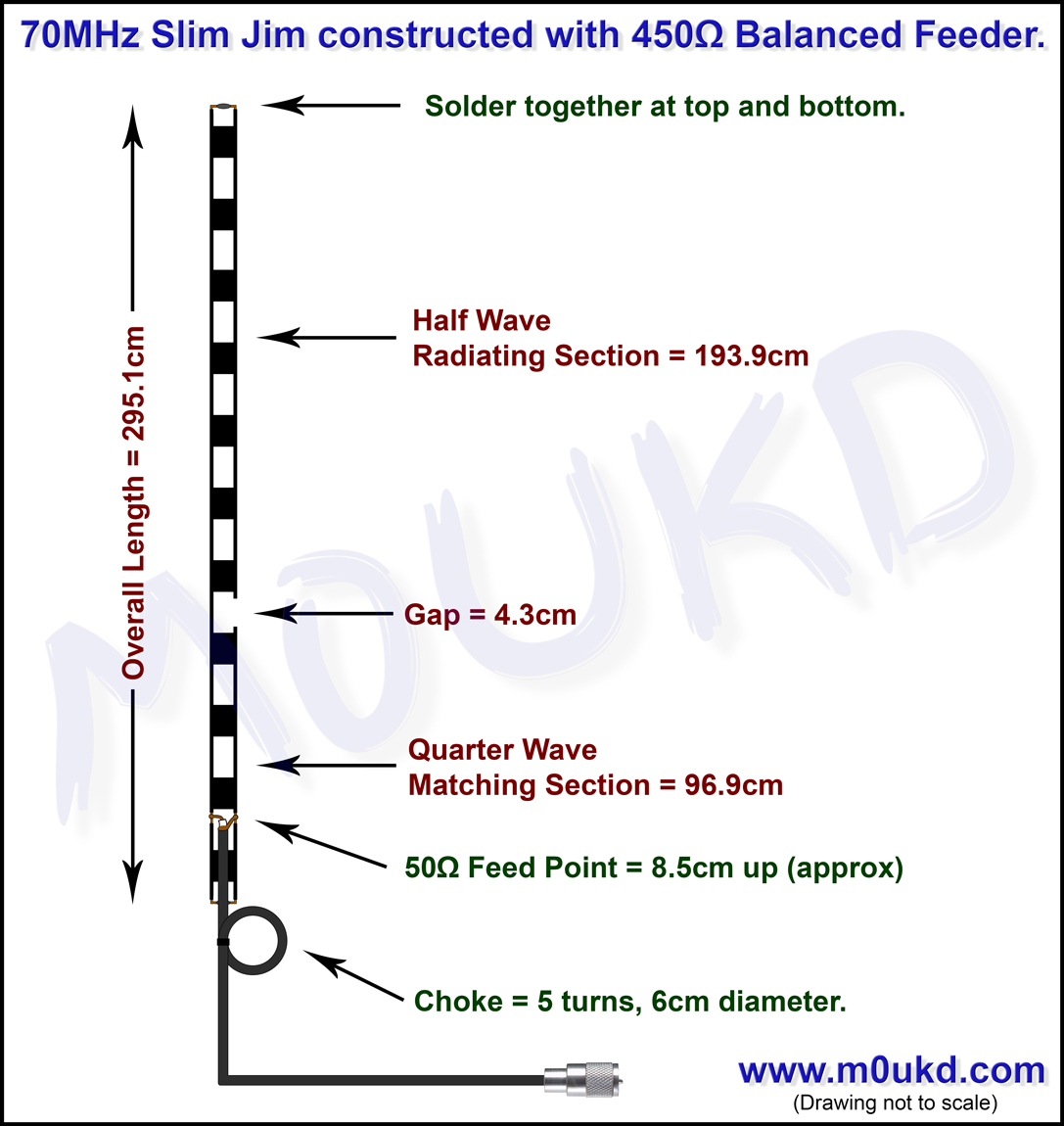Quarter Wave Box Calculator 21

Loopmasters do not have (nor do they claim) any association with or endorsement by these brands. Any references to any brands on this site/page, including reference to brands and instruments, are provided for description purposes only. Loopmasters or its Suppliers do not accept any liability in relation to the content of the sample or the accuracy of the description.  For example references to instrument brands are provided to describe the sound of the instrument and/or the instrument used in the sample. Any goodwill attached to those brands rest with the brand owner.
For example references to instrument brands are provided to describe the sound of the instrument and/or the instrument used in the sample. Any goodwill attached to those brands rest with the brand owner.
The most common example of a loudspeaker that relies on a quarter wavelength acoustic standing wave is a transmission line enclosure. This style of loudspeaker has been on the fringe of the audio mainstream for many years with just a few smaller companies building and marketing this enclosure design. Overview: This is a calculator for designing a 1/4 Wave Flared Vent T-Line/Horn/Bass Reflex Enclosure. The formulas used in the calculator create a design that suggests the most maximally flat response in an anechoic environment based on the number of drivers, the thiele small parameters and the allotted dimensions specified in the user’s input fields.Continue reading →.
Derevation of the Quarter Wave Transformer Equation A quarter wave transformer is used to match two transmission lines with different impedances. As the name suggests, the length of this transmission line if fixed at a quarter of the wavelength (λ/4). The wavelength can be calculated based on frequency here. The input impedance of a transmission line of length L with characteristic impedance Z o and connected to a load with impedance Z L: When the wavelength is take to be a quarter wave (λ/4). This formula simplifies down to: The Characteristic Impedance of Transmission Line is then given.
What is a transmission line speaker? Also called acoustic labyrinth or maze, the transmission line speaker design is a type of enclosure that follows a simple concept, yet hard to achieve. The design is pretty straight forward, but the hard part is that there is no reliable software to model the enclosure results in an accurate fashion. Of course, you can model the dimensions and internals of the box, but the problem is the damping material.

The transmission line speaker design relies on heavy use of dampening material. The different types of material used, the amount, the thickness, the location where it is placed, all contribute to a different end result. That’s why it is very hard to predict the result with a transmission line. The ways you can place damping material inside the enclosure are practically endless.
How you do so, will dictate whether the enclosure will sound good or bad. Trial and error is key to making a good transmission line. This makes it difficult for a mass producer (which is the reason why you rarely see transmission lines in your local audio store), but some DIY-ers love to tinker, and the fact that the transmission line speaker design is difficult and time consuming, will only attract them even more. How does a transmission line speaker design work?
Transmission lines (TL for short) work a bit differently, compared to sealed and ported boxes. When you make a sealed or bass reflex enclosure (passive radiator slips into this category as well), you alter the resonant peak of the speaker. Transmission line just takes the back waves generated from the speaker, inverts their phase, and throws them back in front of the speaker, to combine with the front waves. This is the main principle around how the transmission line works. You have to understand that this is just the concept behind how the transmission line is designed. You will soon discover, that TL has some serious problems with resonant modes, which need adequate damping. Here is how to design the transmission line: • Take your speaker and find out what is the resonant frequency in free air (F s).
• Find the corresponding wavelength for that F s. • Find the length of the transmission line by dividing that wavelength by 4 (the quarter wavelength). • Make a path from the back of the speaker to the front of the speaker, which is exactly the length you just calculated.
• The path can take different shapes. A labyrinth is popular because it saves spaces (so enclosure doesn’t get enormous). • Damp the path with different materials of various thicknesses. • The damping material will absorb the upper frequencies, which introduce some resonance problems. • If the upper frequencies are successfully absorbed, all that is left is the low frequencies from the back of the speaker, which will combine with those in the front. These are the general milestones you need to go through, when you are designing and building your transmission line enclosure.